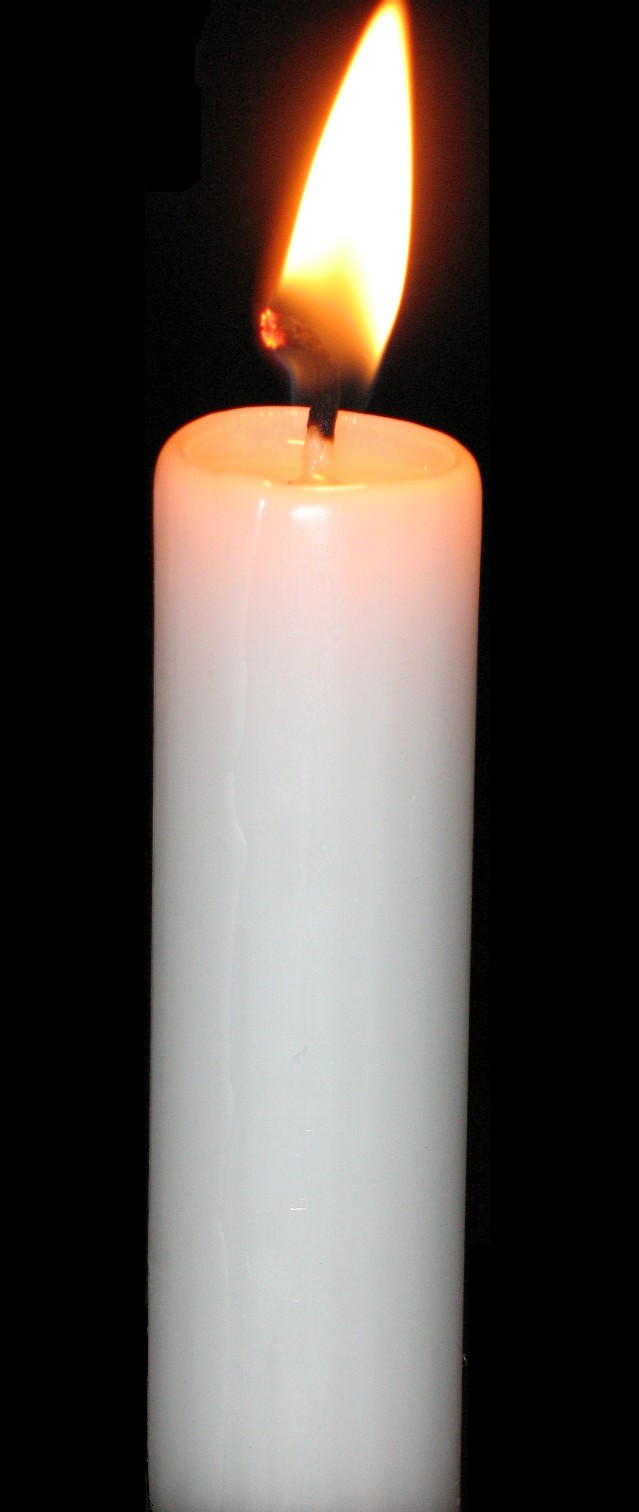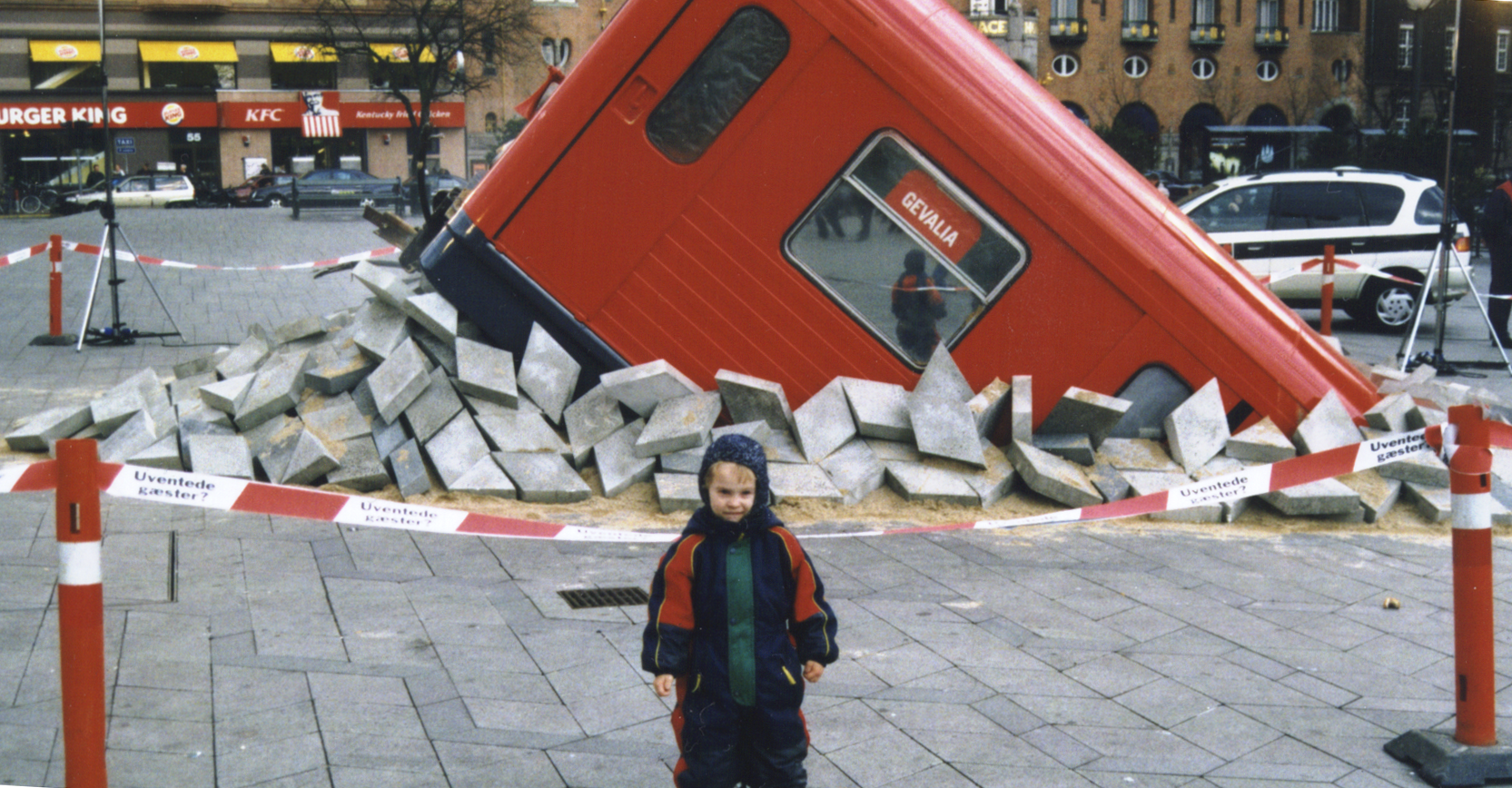|
Trick Candles
A trick candle is a novelty candle capable of relighting itself. By igniting magnesium inserted into the wick of the candle, the paraffin vapor given off when a candle is blown out can be set alight, allowing the candle to reignite itself. Trick candles were banned in Canada in 1977. They present a fire risk in that consumers may throw them into the trash believing them to have been extinguished, only for the candles to relight. A spokesperson for the National Candle Association recommends immersing the candles in water for a while before discarding them. See also * List of practical joke topics This is a list of practical joke topics (also known as a prank, gag, jape or shenanigan) which are mischievous tricks or jokes played on someone, typically causing the victim to experience embarrassment, perplexity, confusion, or discomfort. Pr ... References Candles Practical joke devices {{toy-stub ... [...More Info...] [...Related Items...] OR: [Wikipedia] [Google] [Baidu] |
Trick Candles
A trick candle is a novelty candle capable of relighting itself. By igniting magnesium inserted into the wick of the candle, the paraffin vapor given off when a candle is blown out can be set alight, allowing the candle to reignite itself. Trick candles were banned in Canada in 1977. They present a fire risk in that consumers may throw them into the trash believing them to have been extinguished, only for the candles to relight. A spokesperson for the National Candle Association recommends immersing the candles in water for a while before discarding them. See also * List of practical joke topics This is a list of practical joke topics (also known as a prank, gag, jape or shenanigan) which are mischievous tricks or jokes played on someone, typically causing the victim to experience embarrassment, perplexity, confusion, or discomfort. Pr ... References Candles Practical joke devices {{toy-stub ... [...More Info...] [...Related Items...] OR: [Wikipedia] [Google] [Baidu] |
Candle
A candle is an ignitable wick embedded in wax, or another flammable solid substance such as tallow, that provides light, and in some cases, a fragrance. A candle can also provide heat or a method of keeping time. A person who makes candles is traditionally known as a chandler. Various devices have been invented to hold candles, from simple tabletop candlesticks, also known as candle holders, to elaborate candelabra and chandeliers. For a candle to burn, a heat source (commonly a naked flame from a match or lighter) is used to light the candle's wick, which melts and vaporizes a small amount of fuel (the wax). Once vaporized, the fuel combines with oxygen in the atmosphere to ignite and form a constant flame. This flame provides sufficient heat to keep the candle burning via a self-sustaining chain of events: the heat of the flame melts the top of the mass of solid fuel; the liquefied fuel then moves upward through the wick via capillary action; the liquefied fuel finally ... [...More Info...] [...Related Items...] OR: [Wikipedia] [Google] [Baidu] |
Magnesium
Magnesium is a chemical element with the symbol Mg and atomic number 12. It is a shiny gray metal having a low density, low melting point and high chemical reactivity. Like the other alkaline earth metals (group 2 of the periodic table) it occurs naturally only in combination with other elements and it almost always has an oxidation state of +2. It reacts readily with air to form a thin passivation coating of magnesium oxide that inhibits further corrosion of the metal. The free metal burns with a brilliant-white light. The metal is obtained mainly by electrolysis of magnesium salts obtained from brine. It is less dense than aluminium and is used primarily as a component in strong and lightweight alloys that contain aluminium. In the cosmos, magnesium is produced in large, aging stars by the sequential addition of three helium nuclei to a carbon nucleus. When such stars explode as supernovas, much of the magnesium is expelled into the interstellar medium where it ma ... [...More Info...] [...Related Items...] OR: [Wikipedia] [Google] [Baidu] |
Paraffin Wax
Paraffin wax (or petroleum wax) is a soft colorless solid derived from petroleum, coal, or oil shale that consists of a mixture of hydrocarbon molecules containing between 20 and 40 carbon atoms. It is solid at room temperature and begins to melt above approximately , and its boiling point is above . Common applications for paraffin wax include lubrication, electrical insulation, and candles; dyed paraffin wax can be made into crayons. It is distinct from kerosene and other petroleum products that are sometimes called paraffin. Un-dyed, unscented paraffin candles are odorless and bluish-white. Paraffin wax was first created by Carl Reichenbach in Germany in 1830 and marked a major advancement in candlemaking technology, as it burned more cleanly and reliably than tallow candles and was cheaper to produce. In chemistry, ''paraffin'' is used synonymously with ''alkane'', indicating hydrocarbons with the general formula C''n''H2''n''+2. The name is derived from Latin ''parum'' (" ... [...More Info...] [...Related Items...] OR: [Wikipedia] [Google] [Baidu] |
Canada
Canada is a country in North America. Its ten provinces and three territories extend from the Atlantic Ocean to the Pacific Ocean and northward into the Arctic Ocean, covering over , making it the world's second-largest country by total area. Its southern and western border with the United States, stretching , is the world's longest binational land border. Canada's capital is Ottawa, and its three largest metropolitan areas are Toronto, Montreal, and Vancouver. Indigenous peoples have continuously inhabited what is now Canada for thousands of years. Beginning in the 16th century, British and French expeditions explored and later settled along the Atlantic coast. As a consequence of various armed conflicts, France ceded nearly all of its colonies in North America in 1763. In 1867, with the union of three British North American colonies through Confederation, Canada was formed as a federal dominion of four provinces. This began an accretion of provinces an ... [...More Info...] [...Related Items...] OR: [Wikipedia] [Google] [Baidu] |
List Of Practical Joke Topics
This is a list of practical joke topics (also known as a prank, gag, jape or shenanigan) which are mischievous tricks or jokes played on someone, typically causing the victim to experience embarrassment, perplexity, confusion, or discomfort. Practical jokes differ from confidence tricks or hoaxes in that the victim finds out, or is let in on the joke, rather than being fooled into handing over money or other valuables. Practical jokes or pranks are generally lighthearted, reversible and non-permanent, and aim to make the victim feel foolish or victimised to a degree, but may also involve cruelty and become a form of bullying if performed without appropriate finesse. Practical jokes 0–9 * 2004 Harvard–Yale prank A * Alhokm Baad Almozawla * April Fools' Day * List of April Fools' Day jokes B * Berners Street hoax * Bingo Shooting Device * Black fax C * Caltech–MIT rivalry * Candid Camera * Capping stunt * Josiah S. Carberry * Chewing gum bug * Chinese finger trap ... [...More Info...] [...Related Items...] OR: [Wikipedia] [Google] [Baidu] |
Candles
A candle is an ignitable wick embedded in wax, or another flammable solid substance such as tallow, that provides light, and in some cases, a fragrance. A candle can also provide heat or a method of keeping time. A person who makes candles is traditionally known as a chandler. Various devices have been invented to hold candles, from simple tabletop candlesticks, also known as candle holders, to elaborate candelabra and chandeliers. For a candle to burn, a heat source (commonly a naked flame from a match or lighter) is used to light the candle's wick, which melts and vaporizes a small amount of fuel (the wax). Once vaporized, the fuel combines with oxygen in the atmosphere to ignite and form a constant flame. This flame provides sufficient heat to keep the candle burning via a self-sustaining chain of events: the heat of the flame melts the top of the mass of solid fuel; the liquefied fuel then moves upward through the wick via capillary action; the liquefied fuel finally vap ... [...More Info...] [...Related Items...] OR: [Wikipedia] [Google] [Baidu] |





